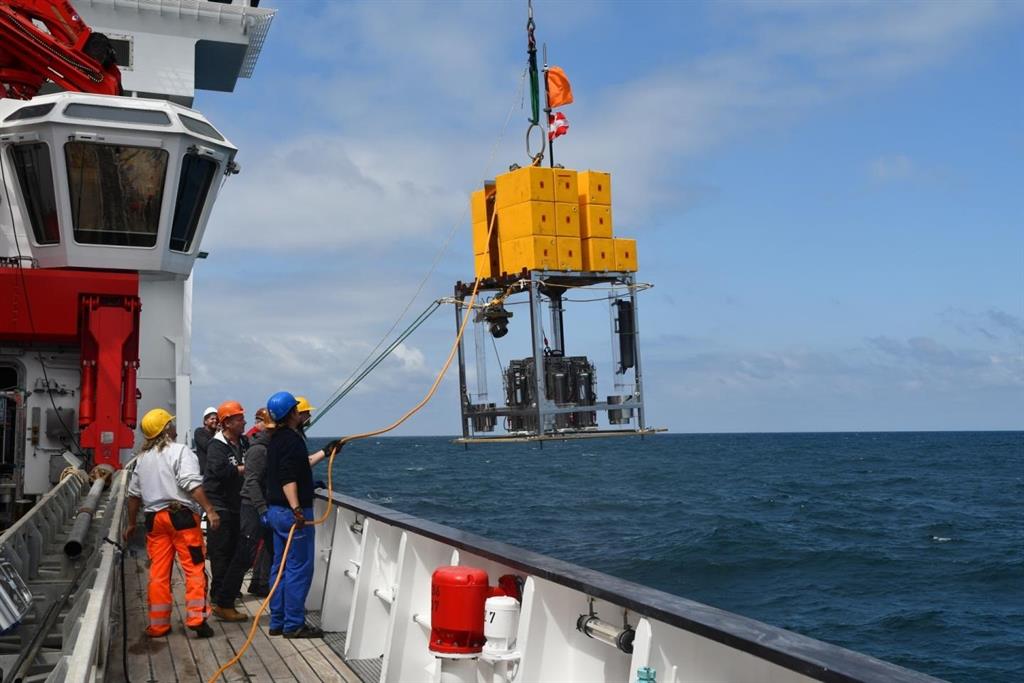MADRID, 26 May. (EUROPA PRESS) –
Unprecedented amounts of highly toxic and anthropogenic mercury, greater than measurements in many industrial areas, they are deposited in the deepest trenches of the Pacific Ocean.
A multinational study involving scientists from Denmark, Canada, Germany and Japan, publishes in Scientific Reports the first direct measurements of mercury deposition in one of the most logistically challenging environments to sample on Earth, and the deepest between 8 to 10 kilometers under the sea.
Lead author Professor Hamed Sanei, Director of the Lithospheric Organic Carbon Laboratory (LOC) in the Department of Geosciences at Aarhus University, stated that the amount of mercury discovered in this area exceeds any value ever recorded in remote marine sediments, and it is even larger than many areas directly polluted by industrial emissions.
“The bad news is that these high levels of mercury may be representative of the collective increase in anthropogenic emissions of mercury in our oceans,” he said. “But the good news is that ocean trenches act as a permanent landfill, so we can expect that the mercury that ends up there will be buried for many millions of years. Plate tectonics will carry these sediments deep into the earth’s upper mantle.
“But even as mercury is being removed from the biosphere, the amount of mercury that has ended up in ocean trenches is still quite alarming. This can be an indicator of the overall health of our oceans. “
Co-author Dr Peter Outridge, Research Scientist at Natural Resources Canada and lead author of the United Nations Global Mercury Assessment, said: “The results of this research help fill a key knowledge gap in the mercury cycle, namely , the true rate of removal of mercury from the global environment in sediments from the deep ocean. ” He added: “We have shown that sediments in ocean trenches are ‘hot spots’ of mercury accumulation, with mercury accumulation rates many times higher than previously believed to be present. “
Co-author Ronnie Glud, professor and director of the Hadal Center at the University of Southern Denmark, who was the scientific leader of this multinational expedition to the ocean trenches, said: “This paper requires extensive additional sampling from the depths of the ocean. And in particular abyssal trenches to support this preliminary work. Ultimately, this will improve the accuracy of mercury environmental models and the management of global mercury pollution. “
–


